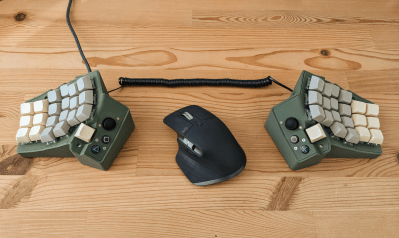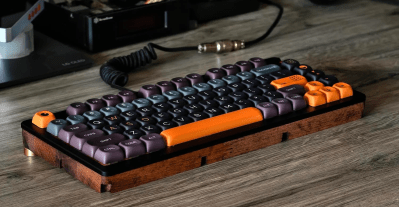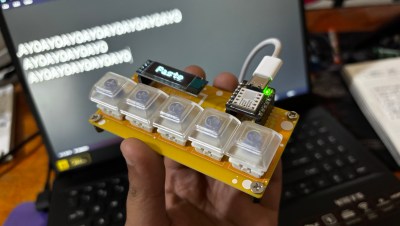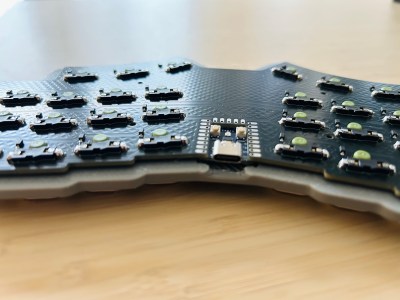Turning surplus LCD panels into stand-alone monitors with the help of a driver board is an established hack, and a search of eBay or AliExpress will turn up boards for almost any widely available panel. [Drygol] has a couple of old iPad screens, and has done exactly this with them. What makes these two projects stand aside from the crowd is their attention to detail, instead of creating a hacky monitor this is almost something you might buy as a product.
For a start, both screens sit in very smart 3D printed cases. Behind them is the LCD driver, and perhaps this is where many people might leave it. But the point of an iPad is portability, so the first one receives a suitably large lithium polymer battery and its associated electronics. As such a thing is of limited use without a battery level monitor, so one is mounted flush with the case on the outside. The final touch is a Bluetooth audio board and speaker, making an all-in-one peripheral we’d be happy to carry with us.
The second screen is a slimmer version of the first case, with a different board that has an onboard audio channel. It’s mounted in a stand with a MiSter FPGA emulator, for a very neat and compact desktop set-up.
This project shows what can be done with these screens, and raises the bar. All the files are included, so it should be possible to make your own. We expect someone might stick a Raspberry Pi in there, to make… something like an iPad.




















